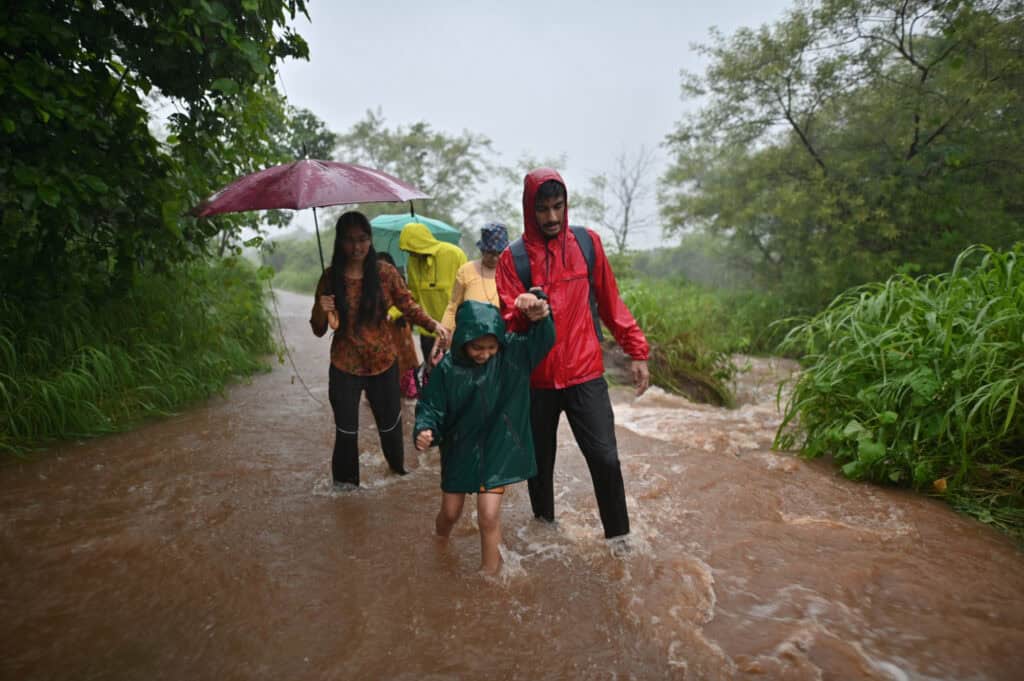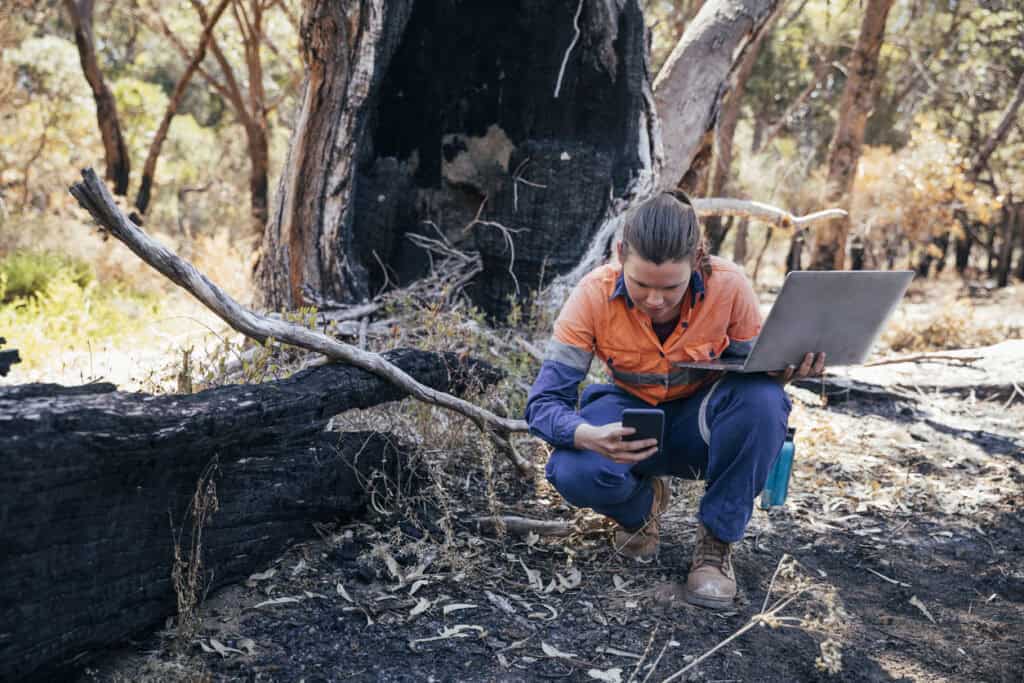Worldwide, climate change is driving more frequent and severe flooding events. These changes have placed an increased demand – and risk – on those who carry out search and rescue in numerous flooded areas around the globe, including in Spain, Portugal, Germany, USA, South Africa and Australia).
Physiological research is helping to change the way flood rescue organisations work and make sure that rescuers are safer and better able to do their jobs – to the benefit of all.
Our research looks at how flood rescues affect the rescuers physically, which allows us to understand what customised kit and policies those rescuers need. It was the first to focus on the physical and thermal demands placed on flood rescuers. Ten experienced flood rescuers undertook a 60-minute simulated rescue task in cold and warm flood rescue conditions that mirrored recent flooding events.
We found that the cold conditions (based on December 2015 flooding in York) saw foot temperatures drop to a range where non-freezing cold injury becomes a risk, and the rescuers’ strength and agility were impaired.
Meanwhile, results in the “warm” conditions (based on July 2007 flooding in Gloucestershire) showed that existing policies are not acceptable, with even a less stressful “warm” condition leading uncontrollable body temperature increases in half the participants.
These findings have changed the standard operating procedures of flood rescue organisations, and the personal protective equipment offered to rescuers.
Physiology research is vital for the health and safety of rescuers and the communities they serve.
However, prevention is better than cure. We must do all we can to mitigate future climate change globally, rather than just responding to the problems it causes, especially if that approach puts rescuers at risk.
Professor Mike Tipton and Dr Gemma Milligan, Extreme Environments Laboratory, University of Portsmouth, UK; and Adrian Mayhew, National Operations & Safety Manager, Surf Lifesaving GB






